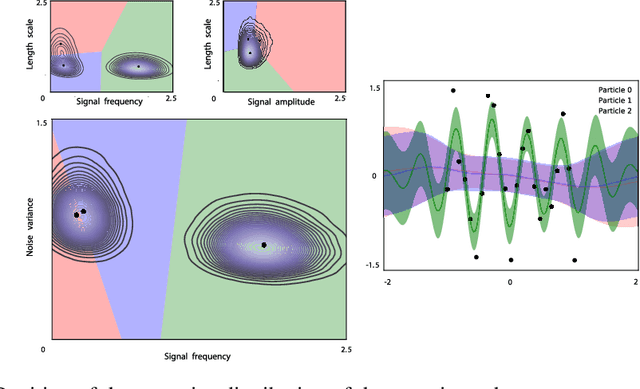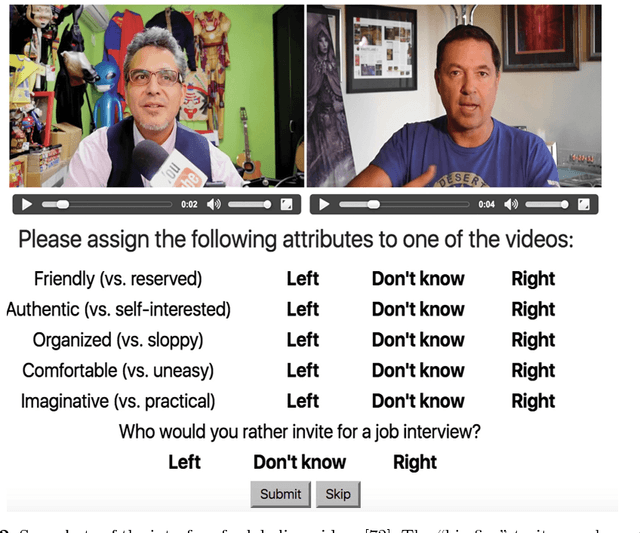Yagmur Gucluturk
Wasserstein Variational Gradient Descent: From Semi-Discrete Optimal Transport to Ensemble Variational Inference
Nov 07, 2018

Abstract:Particle-based variational inference offers a flexible way of approximating complex posterior distributions with a set of particles. In this paper we introduce a new particle-based variational inference method based on the theory of semi-discrete optimal transport. Instead of minimizing the KL divergence between the posterior and the variational approximation, we minimize a semi-discrete optimal transport divergence. The solution of the resulting optimal transport problem provides both a particle approximation and a set of optimal transportation densities that map each particle to a segment of the posterior distribution. We approximate these transportation densities by minimizing the KL divergence between a truncated distribution and the optimal transport solution. The resulting algorithm can be interpreted as a form of ensemble variational inference where each particle is associated with a local variational approximation.
Explaining First Impressions: Modeling, Recognizing, and Explaining Apparent Personality from Videos
Oct 15, 2018



Abstract:Explainability and interpretability are two critical aspects of decision support systems. Within computer vision, they are critical in certain tasks related to human behavior analysis such as in health care applications. Despite their importance, it is only recently that researchers are starting to explore these aspects. This paper provides an introduction to explainability and interpretability in the context of computer vision with an emphasis on looking at people tasks. Specifically, we review and study those mechanisms in the context of first impressions analysis. To the best of our knowledge, this is the first effort in this direction. Additionally, we describe a challenge we organized on explainability in first impressions analysis from video. We analyze in detail the newly introduced data set, the evaluation protocol, and summarize the results of the challenge. Finally, derived from our study, we outline research opportunities that we foresee will be decisive in the near future for the development of the explainable computer vision field.
 Add to Chrome
Add to Chrome Add to Firefox
Add to Firefox Add to Edge
Add to Edge